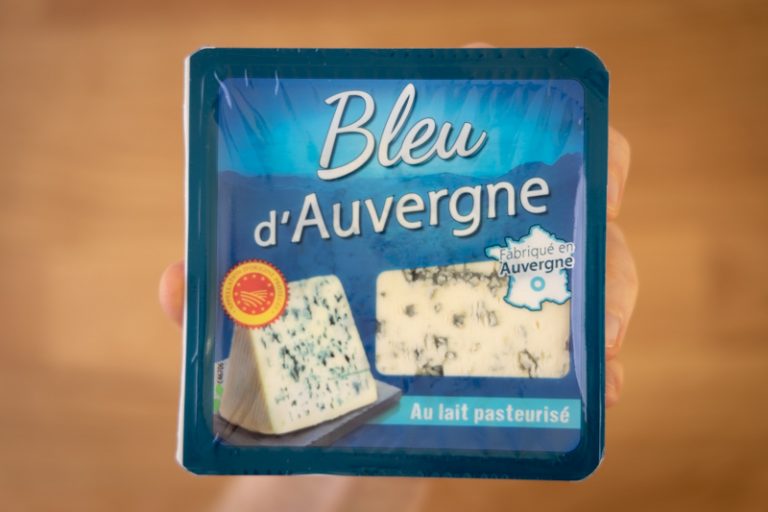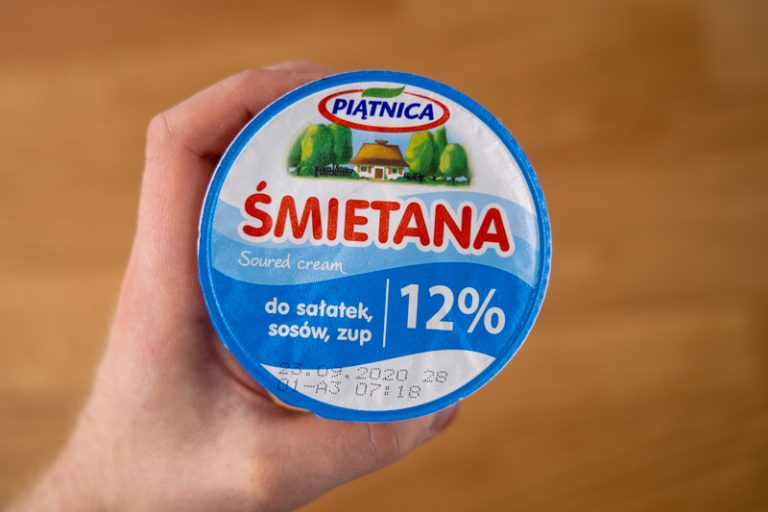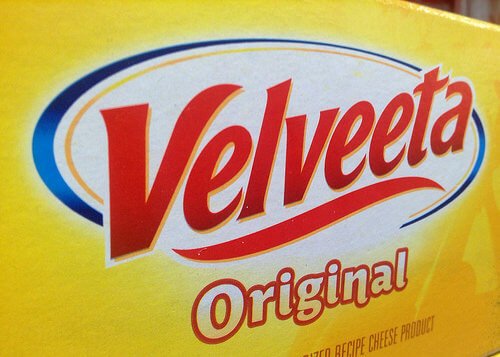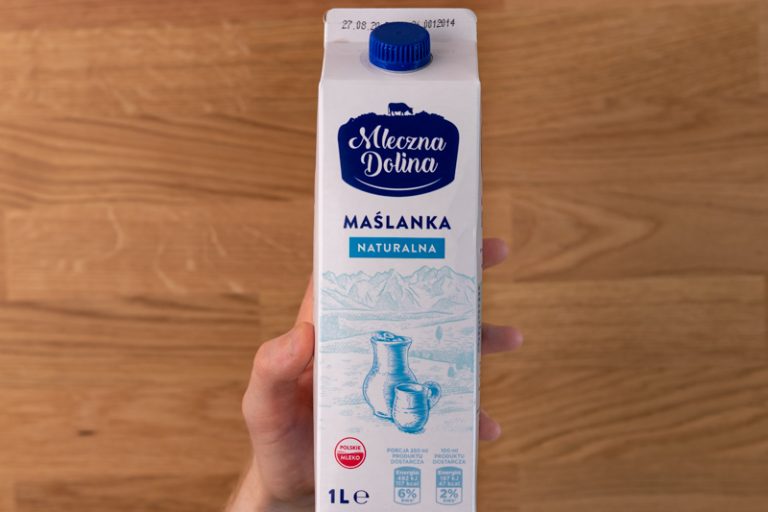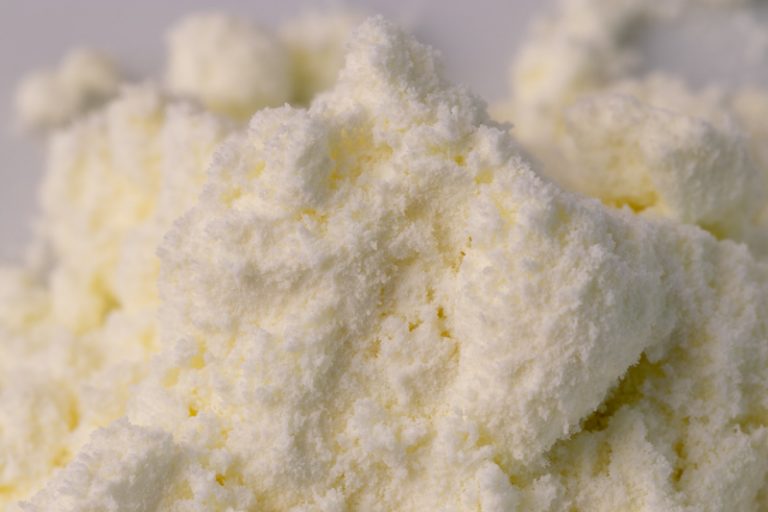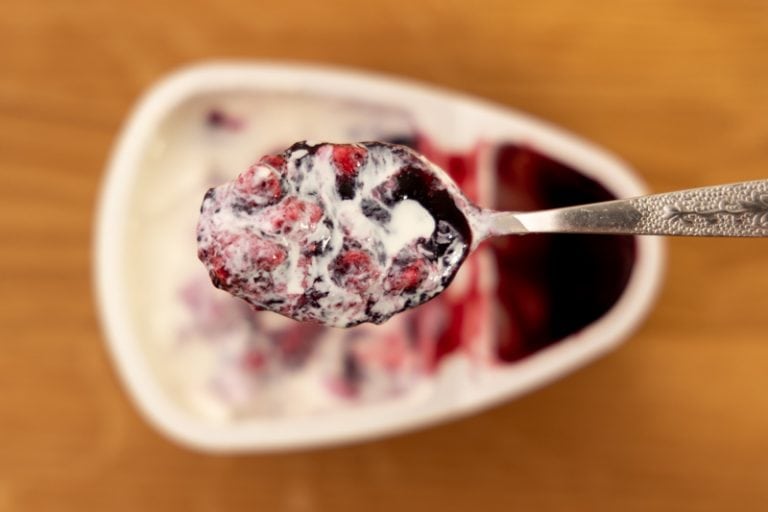Can You Freeze Kefir? (Before & After Pics)
You’ve got half a bottle of leftover kefir, and no idea what to do with it. Letting it sit in the fridge and spoil is not an option. Can you freeze milk kefir?
Of course, you could drink those leftovers as-is, as kefir is often recommended as a good source of probiotics. But if you don’t quite like it, and mostly use it in recipes, using it as a healthy beverage is out of the question.
If that’s the case, freezing seems to be the only solution. But before you freeze those leftovers, you probably want to know how that works and what to expect.
Store-bought kefir can often last for even up to a week after opening (check the label). That means you don’t need to freeze the leftovers right away and have at least a couple of days to use them.
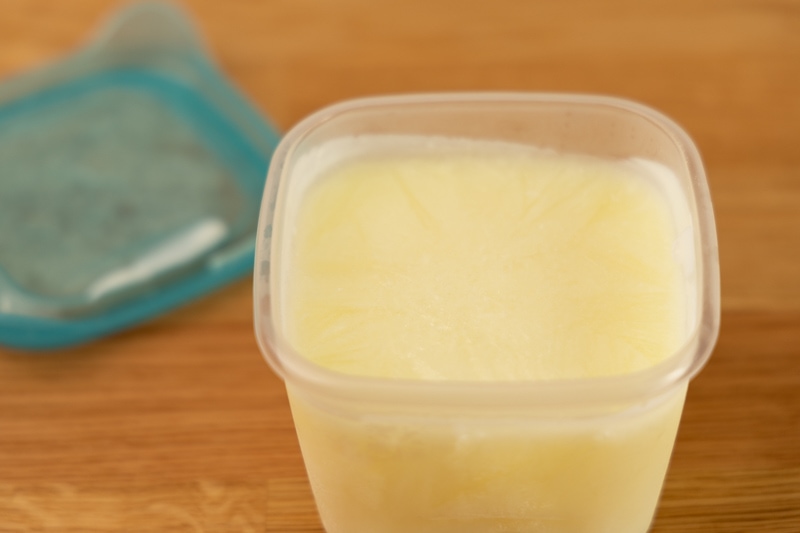
Can You Freeze Milk Kefir?
Freezing milk kefir is quite similar to freezing buttermilk or yogurt. Nobody recommends it, and the producers have compelling arguments against it. Those include the fact that the dairy product separates after thawing and loses its texture.
And that’s all true. Here’s the milk kefir that I froze and thawed:
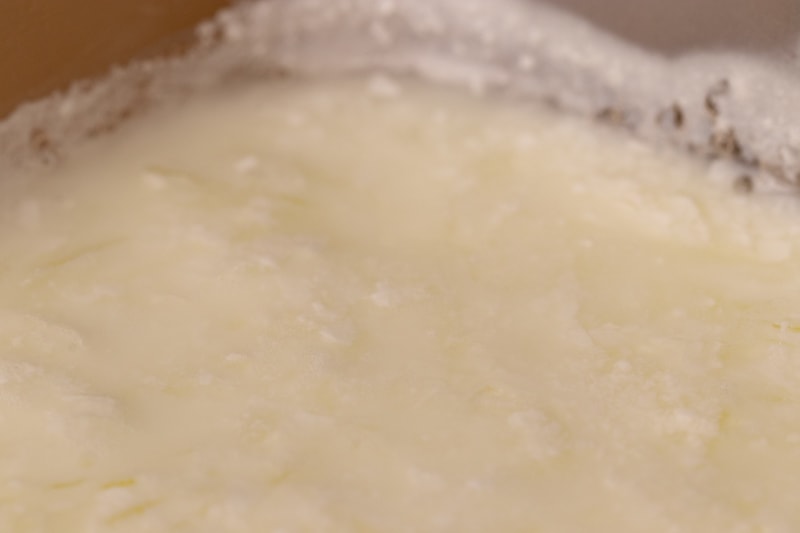
You can see it has separated and doesn’t look particularly appealing (to say the least). Stirring it, or using a handheld milk frother (like I did), helps quite a bit, but it’s still a far cry from fresh milk kefir.
Here’s how it looks after I gave it a good stir:
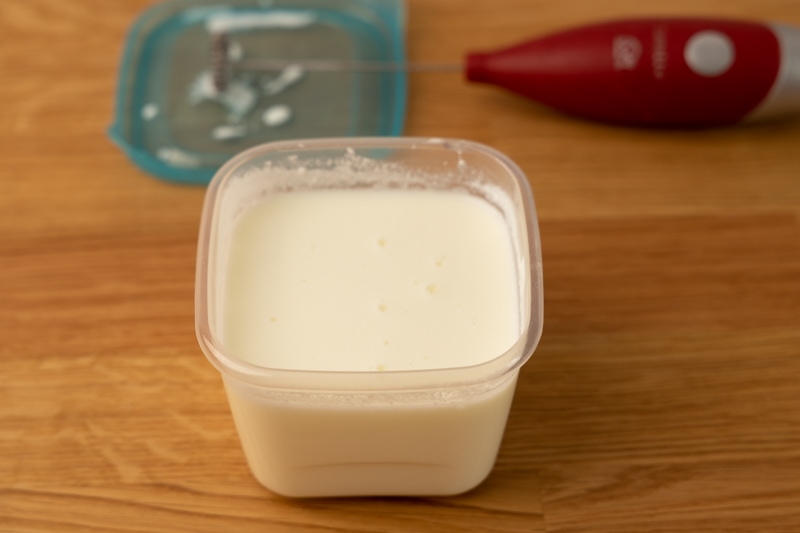
As you can imagine, I didn’t write all of that to conclude that you can’t freeze kefir. On the contrary – freezing kefir and using it successfully after thawing is possible (and quite easy). But before I get to that, I want you to know what to expect if you decide to freeze this dairy product.
Okay, so you know that the consistency of milk kefir changes after thawing. Fortunately, there’s a large group of recipes that don’t rely on in: cooked dishes.
In cooked dishes, you mix kefir with other ingredients, then warm it up in one way or another. And its texture doesn’t have anything to do with the texture of the final dish.
If you cook that dish on the stove, fry it, or bake it, chances are using thawed kefir instead of fresh one will be a-okay.
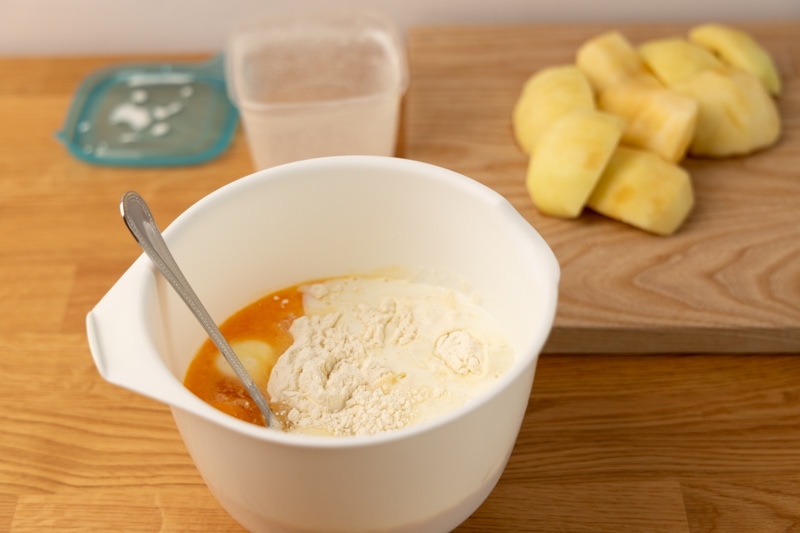
How To Freeze Milk Kefir
Before you get started, pick a recipe (or a few) you’re going to use the frozen and defrosted kefir in. That will make portioning the dairy product easy, and you’ll have the exact amount you need in a dish.
If you don’t know what you’re going to cook with thawed kefir, freeze it in an ice tray instead.
Grab a couple of freezer-safe containers, and let’s get this done. Here’s how:
- Pour milk kefir into container(s). Each one should hold exactly how much you need for a recipe you chose. Remember to leave some head-space for the liquid to expand.
- Close the container(s). If not all of them hold the same volume, add labels, so that you know which is which when you need them. You can either write the amount or the name of the recipe you’re going to use it in.
- Freeze. Put everything in the freezer.
That’s it. The whole operation shouldn’t take you more than a few minutes, and the milk kefir can sit in the fridge for the next few months.
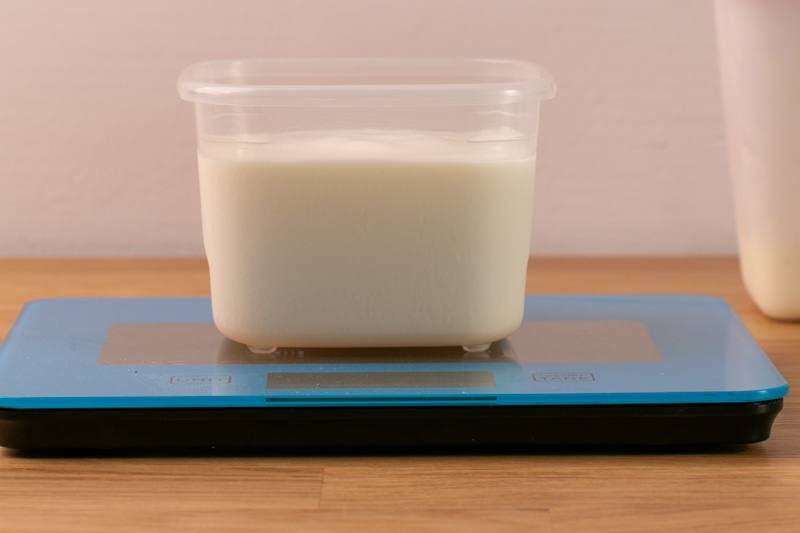
How To Thaw Milk Kefir
There are a couple of ways when it comes to defrosting kefir:
- Overnight in the fridge. The classic way to defrost food works perfectly fine. If it’s a large container or you want to speed things up a bit, submerge it in a bowl of lukewarm water.
- On the counter. Not ideal, but I know many people do it anyway (including me). Make sure kefir doesn’t sit at room temperature for longer than two hours. Again, some lukewarm water can help. Also, try piercing the block with a fork after an hour or so. If you manage to divide the whole thing into a couple of smaller pieces, it’ll defrost faster.
- Throw it in frozen. If it’s a soup (especially one that you’ll later puree in a blender) or a stew, chances are you can skip defrosting and add the milk kefir frozen. The heat will take care of the rest.
If you defrost milk kefir, give it a good stir after. If you skip thawing, stir the whole dish.
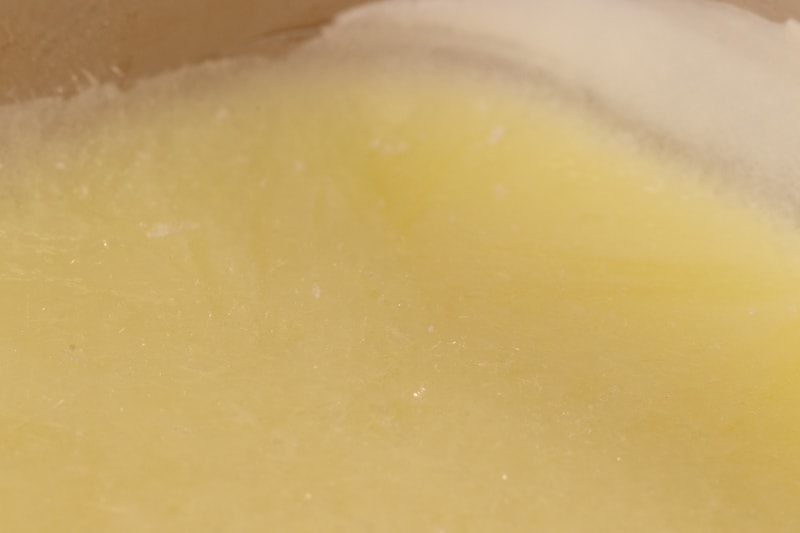
Using Defrosted Milk Kefir
As you’ve already read, using thawed kefir only really works in cooked dishes. Drinking it as-is is doable, but the fresh thing is so much better.
Another thing worth mentioning is probiotics. Many people drink kefir to get their dose of healthy gut bacteria in.
Does freezing kill the probiotics or not? As I said in my article on kefir, there’s no credible research (or I couldn’t find it) that answers this question. In short: we don’t know.
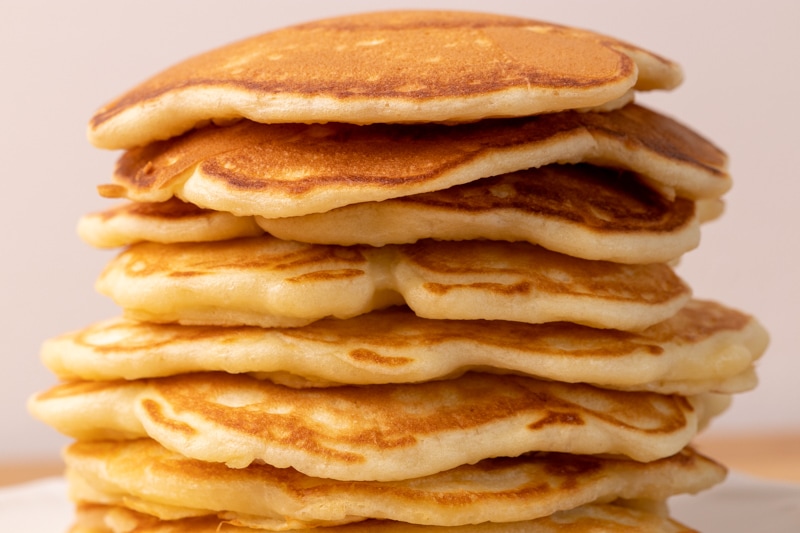
When it comes to dishes that thawed kefir should work in, here are a couple of options:
- soups (especially creamy ones)
- stews
- pancakes and the like (that’s what I did with my thawed milk kefir for this article)
- baked goods
As I mentioned earlier, if you cook the dish, using frozen and thawed kefir instead of a fresh one should work fine most of the time.
Rotten Records: Share Your Snap!
Caught some food past its prime? Upload your photo to “Rotten Records” and help others spot the signs of spoilage. Every image makes our food community safer and more informed!
